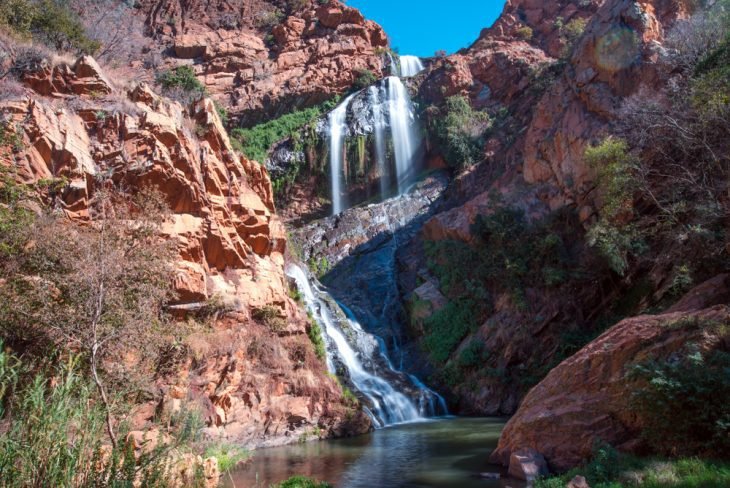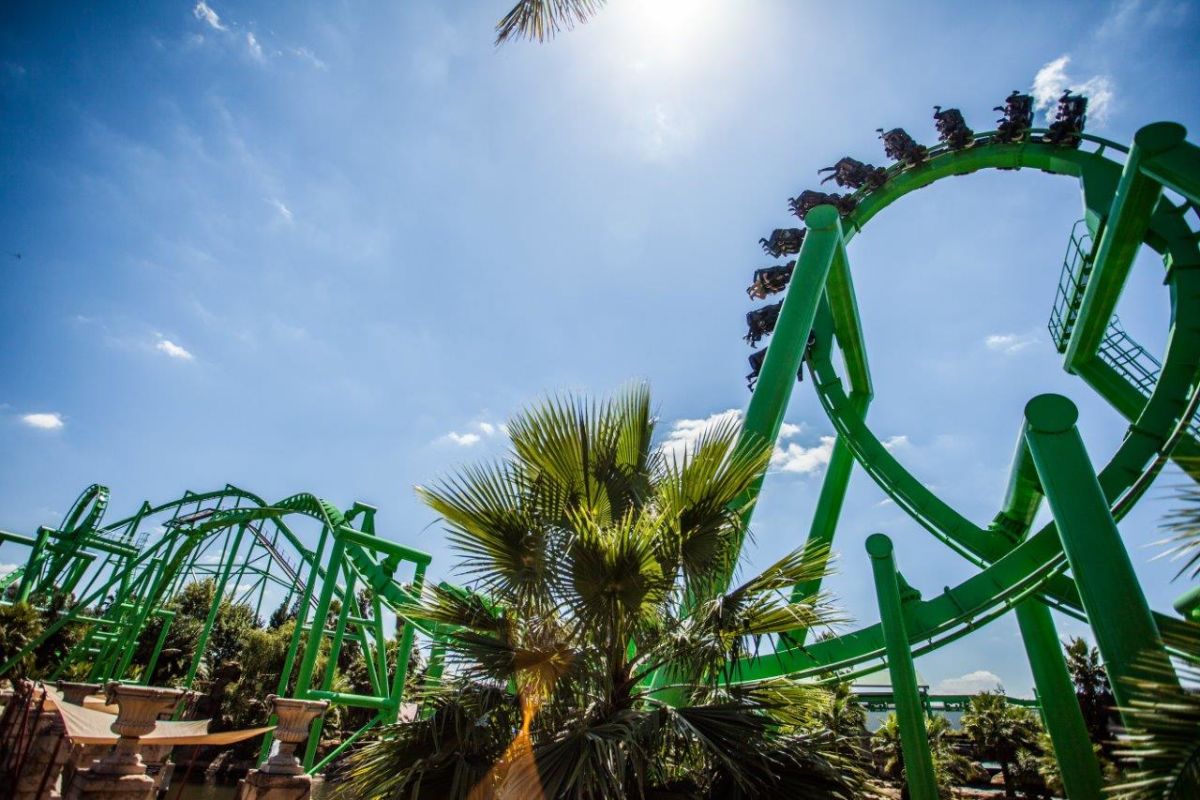4 Easy Facts About Johannesburg North Attractions Shown
4 Easy Facts About Johannesburg North Attractions Shown
Blog Article
Johannesburg North Attractions Fundamentals Explained
Table of ContentsThe Single Strategy To Use For Johannesburg North AttractionsJohannesburg North Attractions Can Be Fun For Anyone7 Easy Facts About Johannesburg North Attractions ExplainedHow Johannesburg North Attractions can Save You Time, Stress, and Money.The Buzz on Johannesburg North AttractionsThe 8-Minute Rule for Johannesburg North Attractions
The city expanded on the edge of the Witwatersrand Key Coral reef, a subterranean stratum of gold-bearing quartz-silica corporation that arcs for hundreds of miles below the Highveld - Johannesburg North attractions. Most of the gold mines in the city discontinued operation in the 1970s, but in its day the Witwatersrand gold market accounted for more than 40 percent of the globe's yearly gold production.Johannesburg has a warm climate. Summer season temperature levels average concerning 75 F (24 C); wintertime temperature levels balance regarding 55 F (13 C) and just occasionally dip listed below cold. The city enjoys about 8 hours of sunshine daily in both winter and summertime. Rain standards about 28 inches (700 millimetres) per year, however the overall differs considerably from year to year.
What rain the city receives falls nearly exclusively in the summertime months, typically in amazing late-afternoon electrical tornados., where many residents still rely on coal for fuel.

The Ultimate Guide To Johannesburg North Attractions
The equilibrium of the city is occupied by whites. Lodging varies in character and high quality.
Physical development, although rather limited by transport, continued quickly as migration to South Africa, and Johannesburg specifically, boosted substantially. This issue was solved in the 1930s when the automobile was presented in mass production to South Africa. Cars were, generally, confined to the rich, and permitted them to relocate to the north of the city and commute right into the centre.
Many poor suburban areas were blended, with bad blacks and whites cohabiting, although the affluent suburbs were usually reserved for whites. This altered with the election of the National Party in the 1948 elections, who started to formalise the system called racism. Discrimination officially marked which suburban areas each race could reside in under the Group Locations Act.
The previous system of eleven phoned number regions was reorganised in 2006. Marshalltown, as seen from the top of the Carlton Centre. The M1 and M2 run behind the buildings, and the southern suburbs extend past the freeway boundary. The central city of Johannesburg lies within the city's Area F. The number of people living in the internal city on an informal basis is unknown, as many are illegal immigrants. The joblessness, education, and age profiles of the area are all unknown, due to the problem of obtaining dependable information regarding the location.
Johannesburg North Attractions Can Be Fun For Everyone
Centred on the CBD, the region includes the suburban areas of Yeoville, Bellevue, Troyeville, Jeppestown, and Berea to the eastern. To the west it infects Pageview (Johannesburg North attractions) and Fordsburg. There are little enterprise zones to the south, such as City West-Denver and Benrose. Around 800,000 travelers pass through the central city everyday, and it works as a local buying node for site visitors from the southern residential areas. Yeoville and Bellevue have a mix of home buildings and solitary household units on small whole lots. The area is situated on a hilly divide that runs from east to west.

Johannesburg Stadium, a training ground for both the Golden Lions and Orlando Pirates, is adjacent. The eastern residential areas of Johannesburg are located in the city's 7th [] and 9th [] areas. The area is additionally functionally integrated with East Rand border communities beyond the official border of Johannesburg, such as Bedfordview and Edenvale (both part of Ekurhuleni Metropolitan Municipality).
The Best Strategy To Use For Johannesburg North Attractions
R. Tambo International Airport). The eastern suburban areas are a few of the earliest locations of Johannesburg, there are large communities of Jewish and various other European histories, most of the populace is English speaking. There are three fairway in addition to a number of protected ridges with viewsites. There are numerous well-developed and up-market home entertainment and shopping locations in the east such as the Eastgate Mall and the Greenstone mall.
The location is mainly composed of old "matchbox" homes, or four-room houses built by the government, that were built to give cheap lodging for black workers during discrimination. Soweto is an abbreviation, standing official source for "South Western Townships". Road after road in this area is lined with matchboxes; nonetheless, there are a couple of smaller areas where thriving Sowetans have actually developed homes that are more similar in stature with those in more affluent suburbs.
Hostels are one more famous physical feature of Soweto. Originally developed to house male migrant workers, several have been boosted as residences for pairs and households. The N1 Western Bypass skirts the eastern boundary of Soweto. The suburb was not traditionally permitted to create employment centres within the area, so almost all of its citizens are commuters to other parts of the city.
Getting My Johannesburg North Attractions To Work
The household locations in the north suburban areas look these up are generally official, with no considerable locations of casual housing, or housing that does not have a long-term framework. This is a well-known location, there is a pattern of land use adjustment from domestic to industrial, especially along main arterial roads and around well-known nodes.
The area is well connected to roadway networks, especially along the north-south axis formed by the M1 and N1. Roads to the east and west are much less well created, as there are no highways taking a trip because direction. In the direction of the northern border of the city, the density of go to website advancement lowers, leaving huge locations of undeveloped land around Midrand.
Facts About Johannesburg North Attractions Uncovered
The initial suburb to the north of the central city is Parktown, which is situated on a hill forgeting the inner city and Hillbrow. It has lots of affluent residents and Edwardian-design manors, in addition to the Education and Medical schools of the University of the Witwatersrand. The huge concrete Charlotte Maxeke Johannesburg Academic Health Center controls the sky line of Parktown.
Report this page